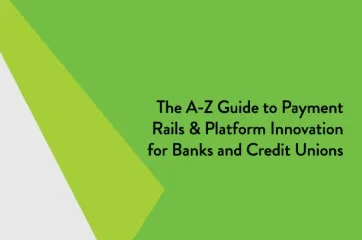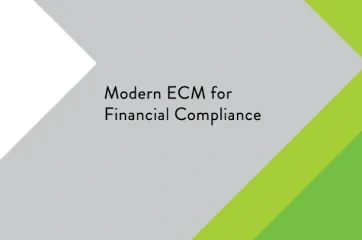In banking, self-service capabilities enable customers or members to complete transactions that previously required visiting a branch or calling the institution’s servicing center. Wide-spread adoption of digital and mobile banking solutions have helped banks and credit unions empower account holders with additional self-service capabilities.
Self-Service Makes Banking Easier for Account Holders
Self-service capabilities in digital and mobile banking have continued to evolve in accordance with account holders’ financial and technological needs. What started out as a way for customers or members to view account balances has matured into a suite of digital banking solutions that simplify numerous tasks:
Depositing checks remotely via consumer mobile banking apps and merchant capture technology.
Transferring funds between accounts at the same bank or credit union or to accounts at other financial institutions.
Updating personal information, such as the customer's or member’s mailing address, phone number, or e-statement preferences.
Troubleshooting digital banking issues, such as resetting a forgotten password for online banking.
Freezing or unfreezing credit and debit cards with just a few clicks.
Managing automated payments and transfers, such as disabling a monthly transfer from savings to checking.
Requesting information about new loans, accounts, certificates of deposit, and other products.
Exchanging documents and information with financial institution employees.
Self-Service Can Benefit Financial Institutions, Too
Providing customers and members with effective self-service banking capabilities unlocks multiple benefits for banks and credit unions, including:
Reduced administrative effort: Self-service reallocates a sizable amount of work back on the customer or member, freeing up staff to focus on customer and member services.
Predictable workflow: Allowing account holders to request support through a mobile banking app or online banking creates a predictable flow of inquiries, which are routed to the appropriate stakeholders with less disruption.
Insights into account holder needs: Monitoring usage patterns across the digital banking platform may help the financial institution gain a deeper understanding of its account holders.
Opportunity for enhanced retention and growth: Offering the right mix of self-service capabilities can help a financial institution provide a “sticky” user experience that ultimately bolsters account holder retention and surfaces growth opportunities.
Keep accounts and documentation updated: Allowing bank and credit union employees to request updated documentation. For example, if an ID card is nearing expiration, the request can be made remotely, and the account holder can upload the document from the convenience of their home.
Browse additional banking definitions here.







